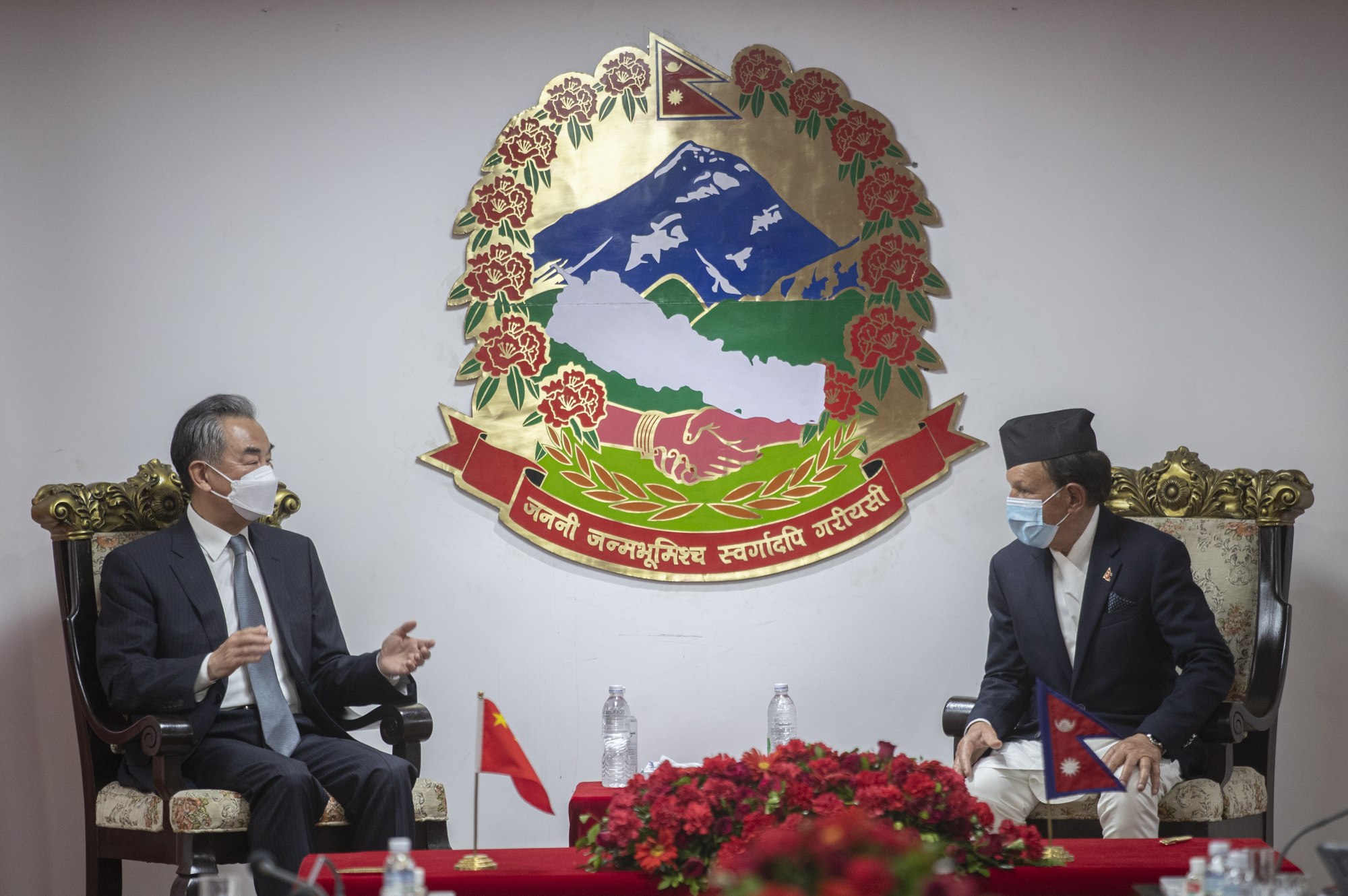
Chinese team in Nepal to study Himalayan railway project linking Tibet to Kathmandu
- Chinese survey and design experts are visiting Kathmandu to carry out feasibility studies for 170km railway in the works since 2016
- Belt and Road project aims to link Gyirong county in southern Tibet to Nepalese capital Kathmandu and may be extended to Indian border
Six Chinese experts from the state-owned China Railway First Survey and Design Institute Group arrived in Kathmandu on Tuesday.
They will study the 170km (106-mile) Trans-Himalayan Tibet-Nepal railway, according to official Chinese media reports.
China-Nepal rail line faces daunting costs, and a mountain range to climb
“Our arrival in Kathmandu marks new progress in the feasibility study project,” Feng Dequan, project manager for the railway and team leader of the visiting group, told Chinese state news agency Xinhua.
The proposed railway would have to tackle the complex terrain and extreme weather of the Himalayas, which meant the project presented “world-class engineering difficulties”, Feng said.
However, all obstacles could be overcome by working together with Nepalese engineers, he added.
Aman Chitrakar, a spokesman for the Nepalese railways department, who received the team of experts, also struck an optimistic note.
“The project is definitely not easy for us, there are many technical challenges, but if we look at the expertise [of the Chinese] and the technological advancement they have achieved so far, we are confident that this project will be successful, and Nepal and China will become closer with the building of the railway,” Chitrakar told Xinhua.
Construction for the project was expected to start by 2021, but its fate has been left uncertain by a number of factors, including environmental concerns and regional geopolitics, topped by the Covid-19 pandemic.
Deuba was replaced on Monday by Pushpa Kamal Dahal, better known as “Prachanda” or the fearless, a pro-China veteran Maoist leader and two-time prime minister who returned to power in an alliance with Oli’s party.
Chinese Foreign Minister Wang Yi said in August that officials from both sides had agreed to fast track a feasibility study for the construction of the Tibet-Nepal railway.
On August 10, some four months after his own visit to Kathmandu, Wang told visiting Nepalese counterpart Narayan Khadka that China will fund the study.

But there are concerns of debt risks for developing countries that take loans from China, and worries that the global economic slowdown will trigger broader cutbacks on China’s commitment to fund costly infrastructure projects under its Belt and Road banner.
The Chinese-built Hambantota port in Sri Lanka was also a Belt and Road project. It was leased to China for 99 years after Sri Lanka failed to pay up. The island nation is currently undergoing debt restructuring as it struggles to pay off its massive external debts, nearly a fifth of it owed to China.
‘A mistake’: China can extend port lease to 198 years, Sri Lankan minister says
Discussions about the Tibet-Nepal rail link began in 2016, after then prime minister Oli visited China in the aftermath of a prolonged blockade on the Indian border that disrupted vital supplies of fuel, medicine and commodities into Nepal.
When Chinese President Xi Jinping visited Nepal in 2019, he pledged that the 170km railway would boost landlocked Nepal’s economy by improving trade and transport connectivity with China.
There have been speculations that the railway could also be extended from Kathmandu to the Nepalese tourist hub of Pokhara and southern city of Lumbini, near the Indian border.

